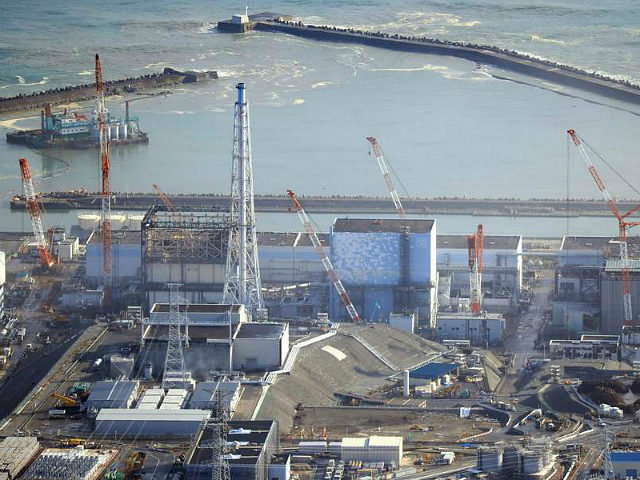Thousands of residents of numerous prefectures of Japan, including the troubled Fukushima area, evacuated their homes Tuesday morning following a magnitude 7.4 earthquake and subsequent tsunami warnings.
Fearing a similar disaster to that of the 2011 earthquake and tsunami that shut down Fukushima’s Dai-Ichi nuclear plant, causing untold environmental damage to the region, residents began to flee shortly after the earthquake.
“My home is right across from the nursing home where many elderly people died in the tsunami caused by the Great East Japan Earthquake,” one resident, Sachiko Nakagawa, told the Japanese Mainichi Shimbun newspaper. “When I learned that a tsunami warning had been issued, I knew I had to escape, so I jumped into my car.” Asahi Shimbun, another Japanese newspaper, reported that Nakagawa was among 9,000 people who evacuated their homes immediately.
Japan’s NHK reports that authorities have yet to document any deaths as a result of the earthquake, and only an estimated 15 injuries so far. Many of these are incidents in which elderly individuals lost their balance during the earthquake; one incident involved a septuagenarian woman injured by her overhead cupboard falling.
Asahi notes that the tsunami threat has reduced now that the largest expected waves have hit over a meter in height. While the threat of further damage from this quake is limited, the newspaper quotes seismologist Koji Nakamura as warning that aftershocks are common, and another “quake with a magnitude of 7 or so striking over the next week” is not outside of the realm of possibility.
As the regional evacuation was largely successful, few videos of the tsunami hitting the ocean have surfaced. Instead, however, social media users have published the oversized waves that hit the rivers in the areas to which they evacuated, lending a hint to how powerful these waves once were upon hitting land initially.
Once authorities allow residents to safely return, they must assess both the damage to private property and that of the famed Fukushima nuclear plants. Fukushima’s Daiichi (Number 1) plant suffered a meltdown in 2011 following a significantly larger earthquake and tsunami, forcing the prolonged evacuation of the area surrounding the plant. Five years later, families remain scattered, as some elderly refused to evacuate due to the radiation, while some men, unable to find new jobs, were forced to stay in the radiation zones to provide for their wives and children, now living hundreds of miles away.
While Japan has indicted some Tokyo Electric Power Co. (TEPCO) officials for negligence over the 2011 meltdown, early reports from Fukushima’s Daini (Number 2) inspire little confidence. Shortly following Tuesday’s earthquake, the Daini’s cooling apparatus “temporarily shut down,” potentially causing another meltdown.
Daini is located about 7 miles from Daiichi.
TEPCO authorities have provided little explanation for the incident and admit they have not checked whether the shutdown resulted in toxic materials leaking out of the plant. Asahi notes that TEPCO has claimed the evacuation of their staff has prevented them from checking “for possible leaks around the reactor buildings and the turbine buildings near the sea,” but they nonetheless insist such a leak is “unlikely.”
A TEPCO representative described the fact that they have yet to check for leaks as “a bit inappropriate.” They have vowed to “study” the response to the Daini incident following the return of those evacuated to the area.

COMMENTS
Please let us know if you're having issues with commenting.